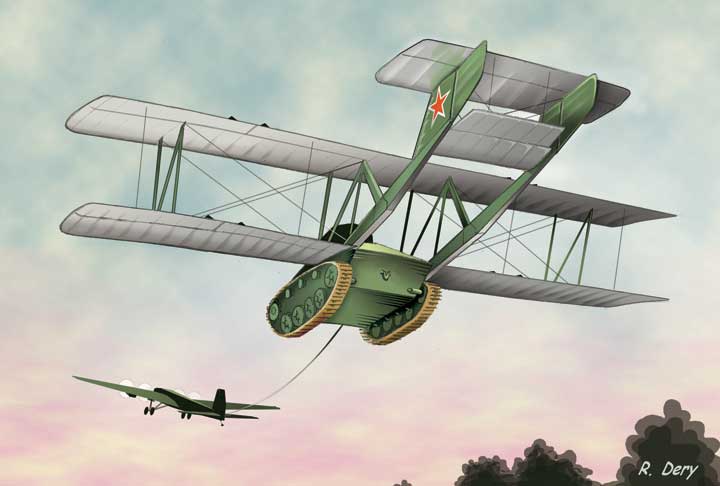
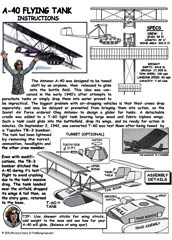
Flying-Tank-A40 - $$9.95
Built around the lightweight T-60 Soviet Tank, the Antonov A-40 KT barely got off the ground....If there would have been a powerful enough tow plane it may have been successful. The development of large gliders and transports put an end to the Antonov A-40 KT. Kit includes both version of the T-60 tank. With a little ballast in the nose of the tank, this beauty actually FLIES !!
Antonov A-40 KT Flying Tank
|
In the late 30's the concept of an airborne insertion of combat vehicles behind enemy lines appealed to the military commanders of several countries. Light tanks "falling" from the skies would be unexpected and nasty surprise for the enemy and perhaps that little extra push which make a difference between a victory and defeat. The Germans were working toward building large gliders, (Gigant) capable of hauling small combat vehicles and even light tanks along with many troops. |
Using the T-60 Soviet Tank, the Antonov A-40 KT FLYING tank barely got off the ground....If there would have been a powerful enough tow plane it may have been successful, but the planes the Soviets did have were thought to be of better service in the frontline. The development of larger gliders and transports put an end to the Antonov A-40 KT after just one flight. Artwork by Richard Dery, designer of the Fiddlersgreen A-40 Antonov Flying Tank model |
|
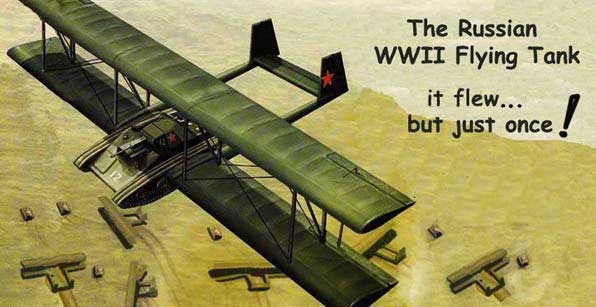 |
Artist's drawing of the Antonov A40 Flying tank gliding in over the battlefield it never saw..read on |
Antonov A-40 KT "Kryl'ya tanka" (Tank's Wings)
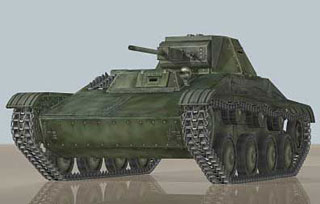
The extraordinary KT 'Kryl'ya tanka' (Tank's Wings) was a Soviet wartime design intended to supply partisans behind German lines with light armor. The Antonov design bureau quickly developed a set of biplane wings and twin-boomed tail that could be fitted to turn a T-60 tank into a glider. Only a single example was converted. The tank was lightened for air use by removing armament, ammunition, headlights and leaving a very limited amount of fuel.
On its one and only test flight the weight and drag of the KT caused the Petlyakov Pe-8 (Tupolev TB-3) bomber tow-plane's engines to overheat and even with the modifications the TB-3 bomber had to ditch the glider due to the T-60's poor aerodynamics during its only flight to avoid crashing. The A-40 Flying Tank made a smooth landing in a rough field. The flying surfaces were dropped and the tank drove back to its base, the brave pilot/driver Sergei Anokin reporting enthusiastically about the experience. Basically, the lack of a tow-plane with sufficient power was one reason the idea fell out of official favor and was dropped.
The man who 'flew' the KT, Anokin, was a test pilot who had taken a quick course in tank driving. The whole operation required flying skills and careful timing. Before landing, he had to start the tank's engine and then engage the caterpillar tracks, so that the winged tank could touch down more easily.
The concept was not abandoned right away, as some senior officers thought there was a future in it, but eventually it was accepted that the few available heavy towing aircraft would be better used in more conventional frontline roles.
Antonov WWII Soviet A40 Flying Tank Specifications
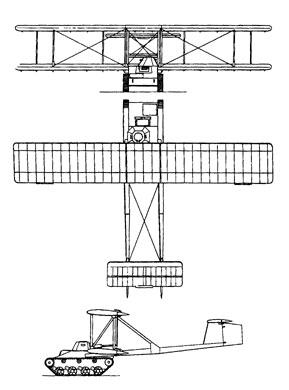 |
Crew: Two Performance Note: |
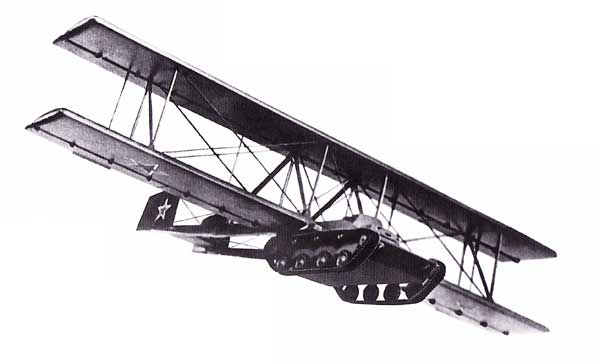 The Antonov A40 glider had an unorthodox control system: an inclination of the gun was slaved to the elevator (pitch control) and rotation of the turret was used to change the roll. |
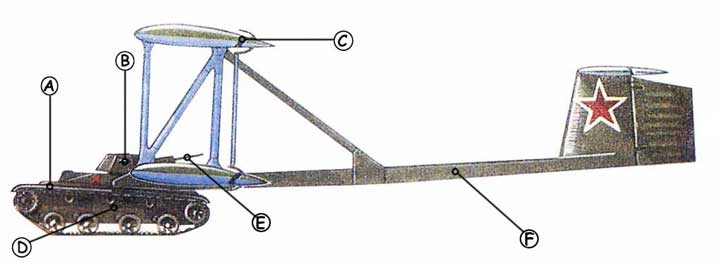 |
||
| A: The basic T-60 tank was too lightly armed and armored to survive against most German tanks and guns. It required the removal of armament, ammunition, headlights and most of its fuel to be light enough for a flight test. | B: The KT was supposedly maneuvered by elevating the gun for elevator control and rotating the turret for roll control, although some say the turret was removed for its test flight. Long after the fact, it will be hard to know for certain.. | C: The KT was a rare example of a biplane glider- an idea little used since the Wright Brothers and other pioneers- and was needed to provide the tremendous amount of life need to fly a tank. Because of material shortages, wood and fbric were primarily used |
| D: The drive mechanism of the tank was unlocked for take-off, but the engine was started in the air to speed up the tracks before landing, allowing the KT to go into action immediately. | E: Armament was only a single 12.7mm (0.5in) machine gun, fired by the tank commander, who shared the small hull with a driver/pilot. | F: A pair of very long booms were needed to give the tail surfaces sufficient leverage. These, too, were constructed of wood and were to be used but once. |
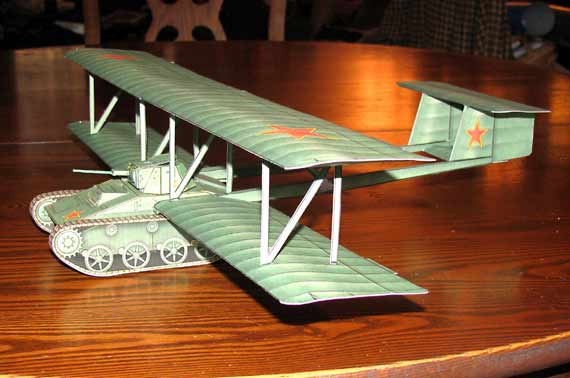 Side view of the Antonov T-60 KT Flying Tank |
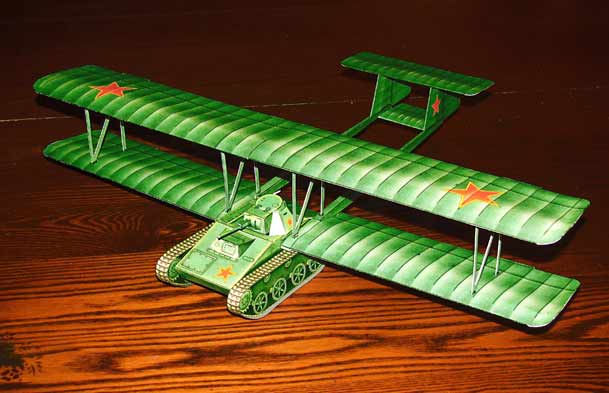 Front view of the Antonov T-60 KT Flying Tank |
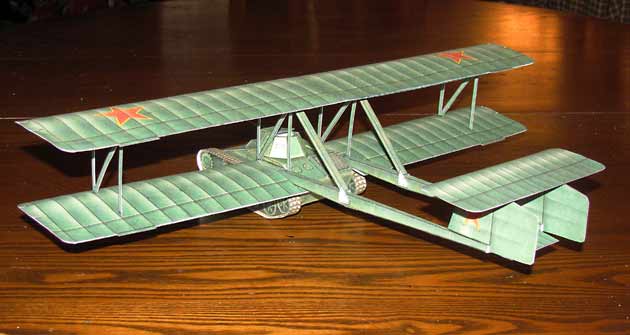 Rear view of the Antonov T-60 KT Flying Tank |
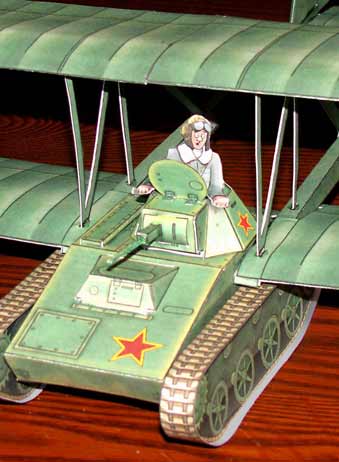 Brave (or crazy) pilot for the Antonov T-60 KT Flying Tank |
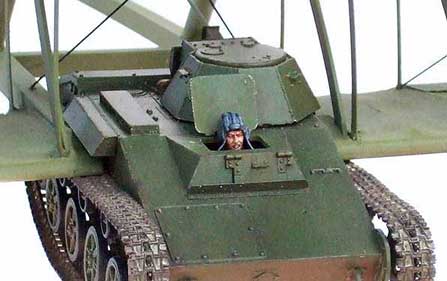 Plastic kit of the A40 Flying Tank |
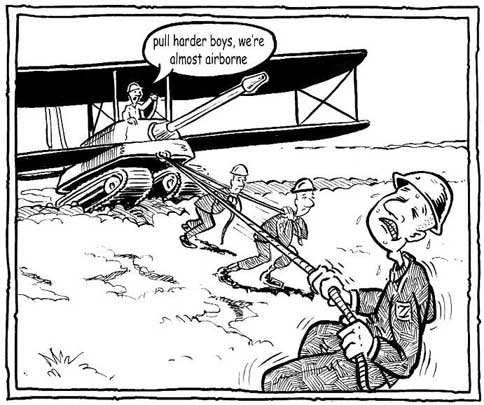 |
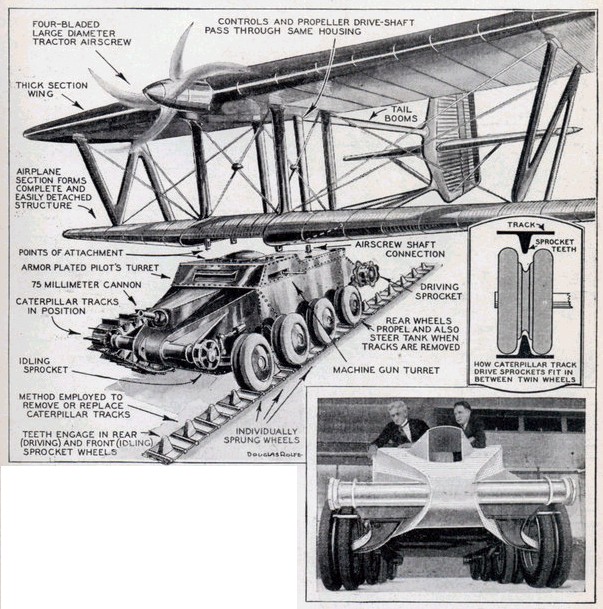 |
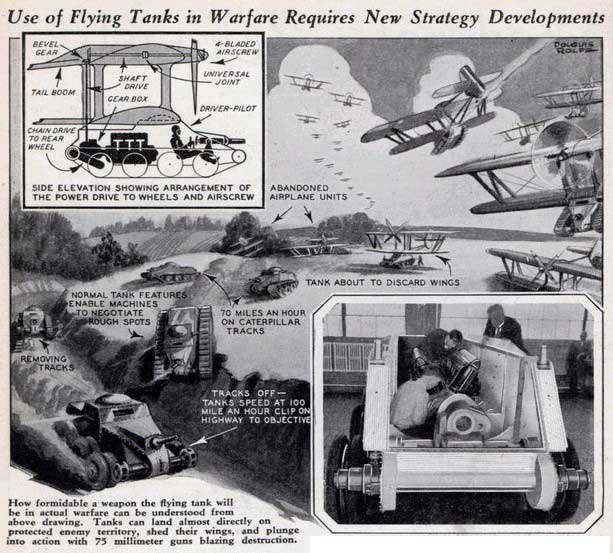 |
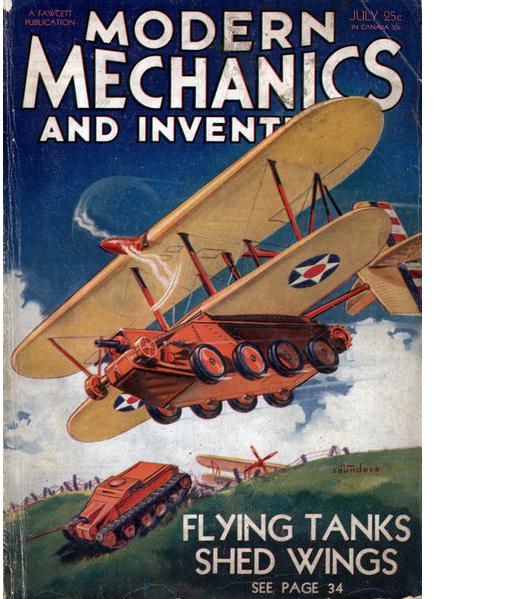 |



